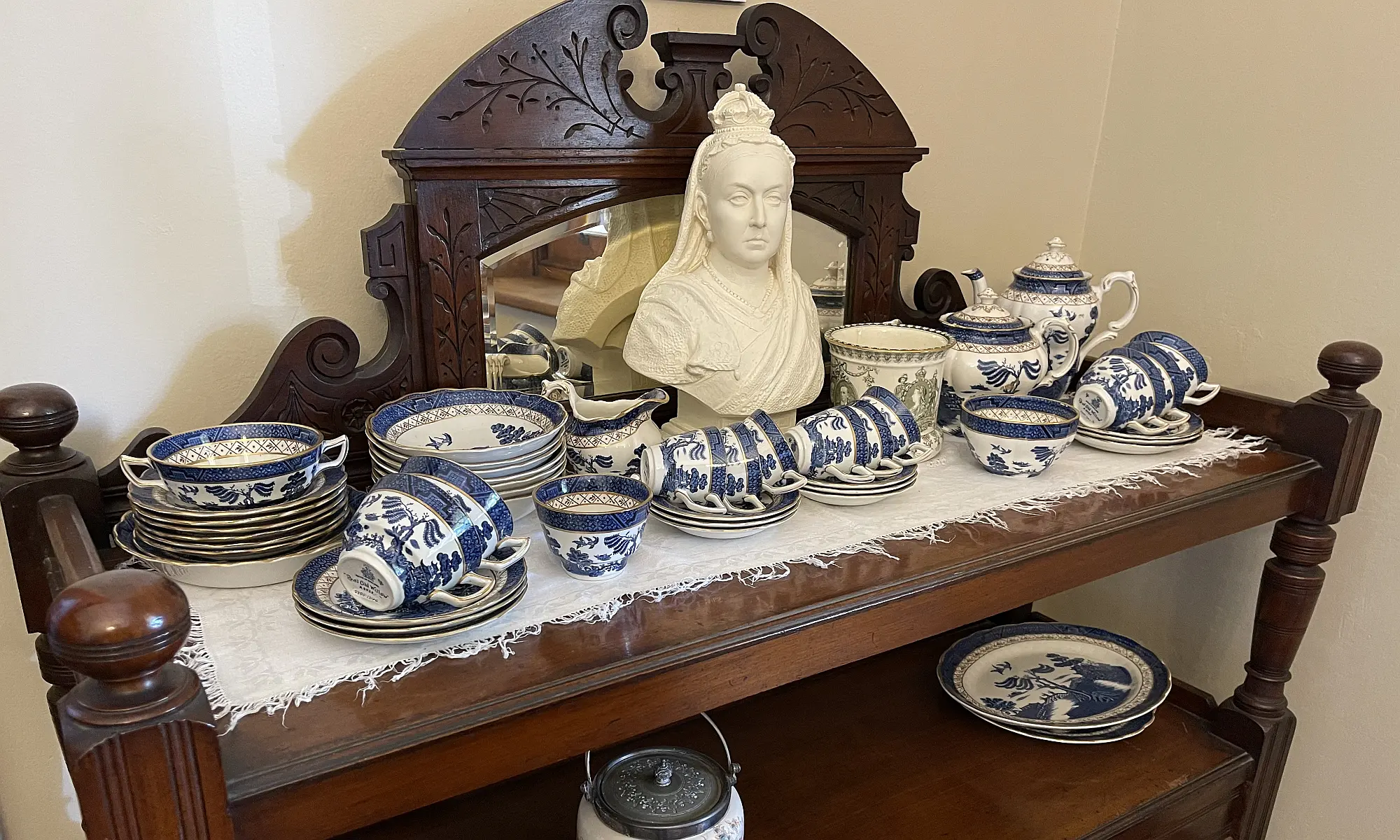Extracts from the Citizen Newspapers 1894 Telephone Service – 24th February, 1894 A movement is on foot to try and get a telephone exchange at Rockdale and already eight or nine of the residents have handed in their names as willing to become subscribers. Fifteen subscribers are required for a day service, from 9 a.m. …
Alexander Brodie Spark 1792 – 1856
Merchant – Banker – Shipowner – Pastoralist – Gentleman by R.W. Rathbone Alexander Brodie Spark as born on 9th August, 1792 in Elgin, Morayshire, Scotland, the third child of George Spark, a watchmaker and goldsmith and his wife Mary Gordon. He was educated at the local academy where he showed signs of literary talent and …
Annual Report of the Lydham Hall Local Committee for the Year Ended 28th February, 1981
by Alderman R.W. Rathbone, Hon. Secretary, Lydham Hall Local Committee It is now ten years since Council, as part of its Centenary Celebrations, purchased historic Lydham Hall as a local history museum and handed it over to a Local Committee consisting of representatives of the Council and the St. George historical Society to restore and …
The Power Behind The Scenes
by Mr. J. P. Lundie, County Clerk Of St. George County Council For years we have been taking the benefits of electricity for granted. In a sense of course this can be taken as the greatest possible compliment that could be given to the Electricity Supply Industry. People know that when they want electricity it …
The Story of Moorefield Racecourse at Kogarah, N.S.W.
by Gifford and Eileen Eardley From a physiographical point of view the sand dune and intervening marsh land immediately west of Seven Mile, or Lady Robinson’s Beach, on the western shore line of Botany Bay, possesses surface features of great interest. It is accepted that this comparatively level expanse was formed over the ages by …
Continue reading “The Story of Moorefield Racecourse at Kogarah, N.S.W.”

